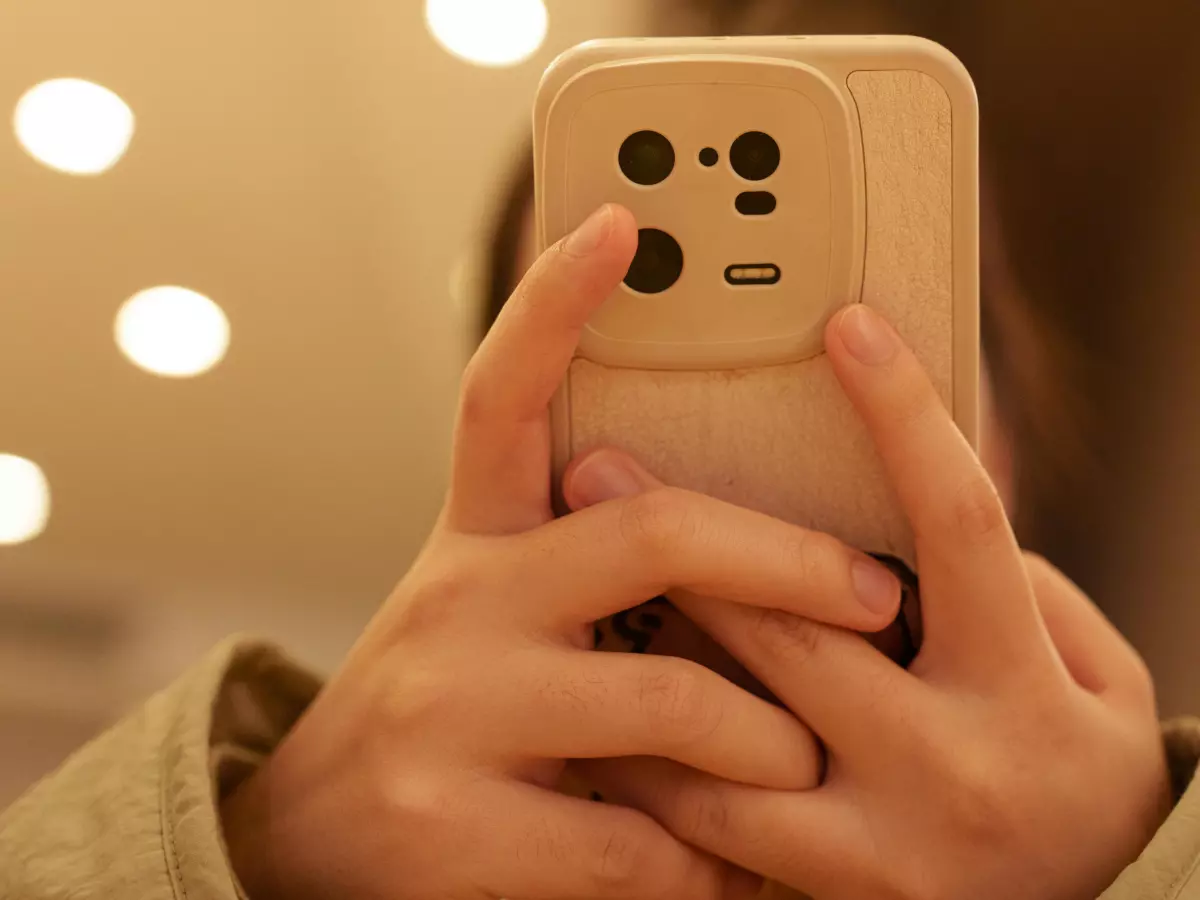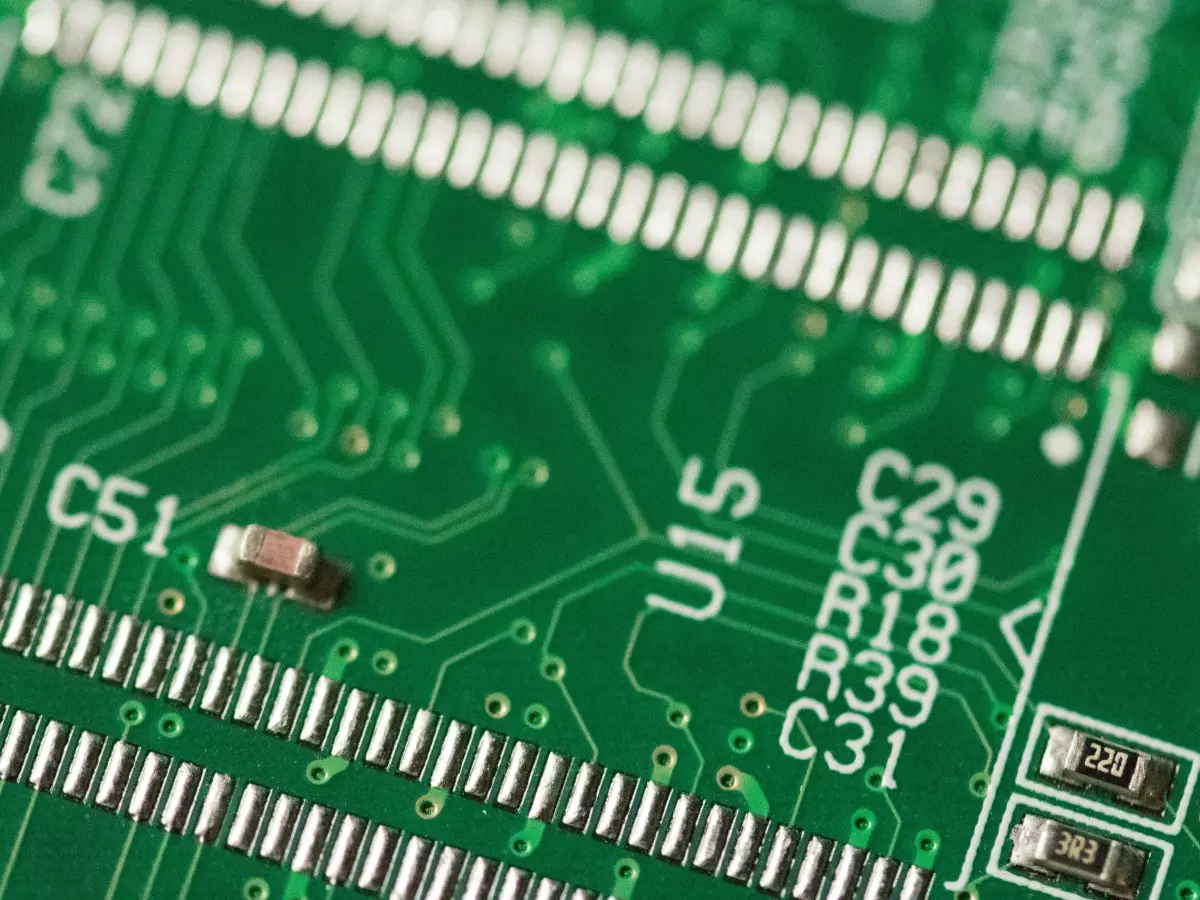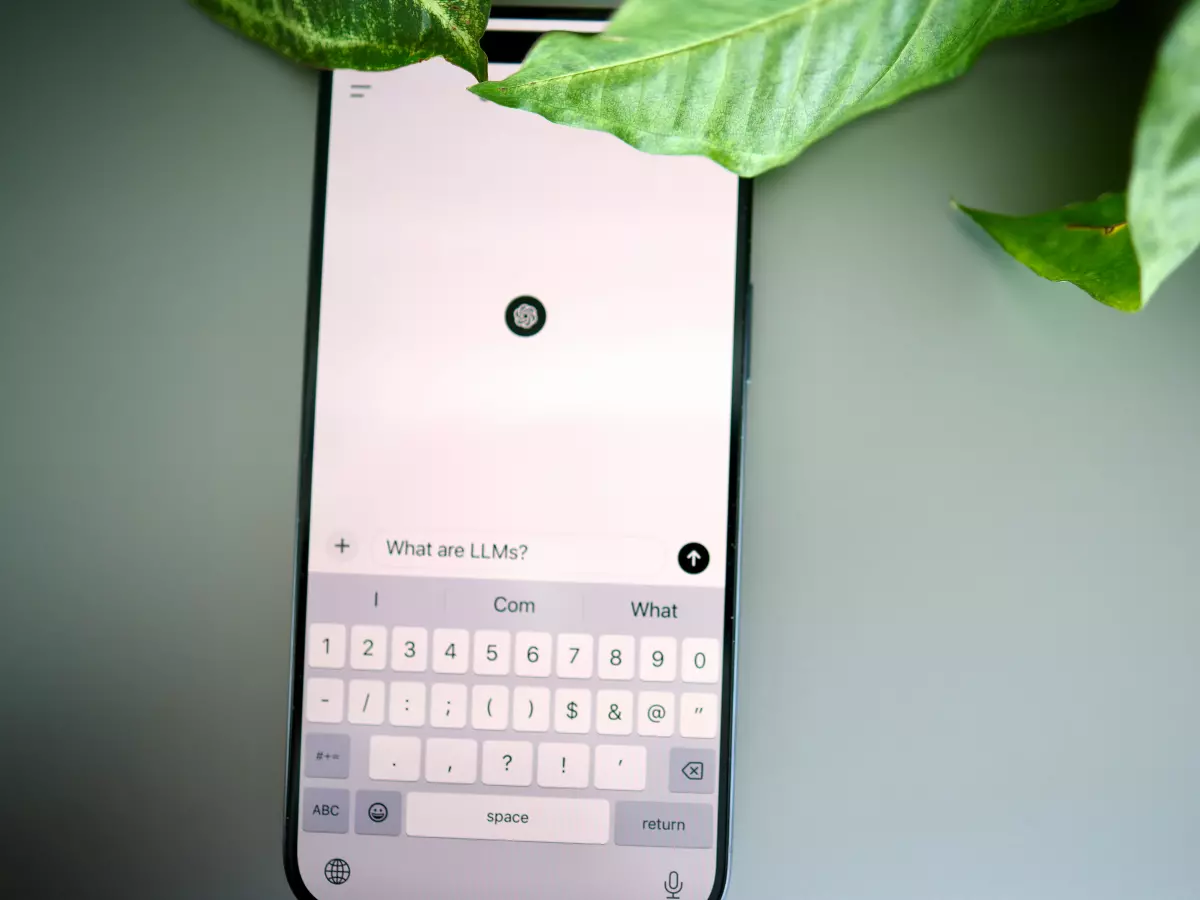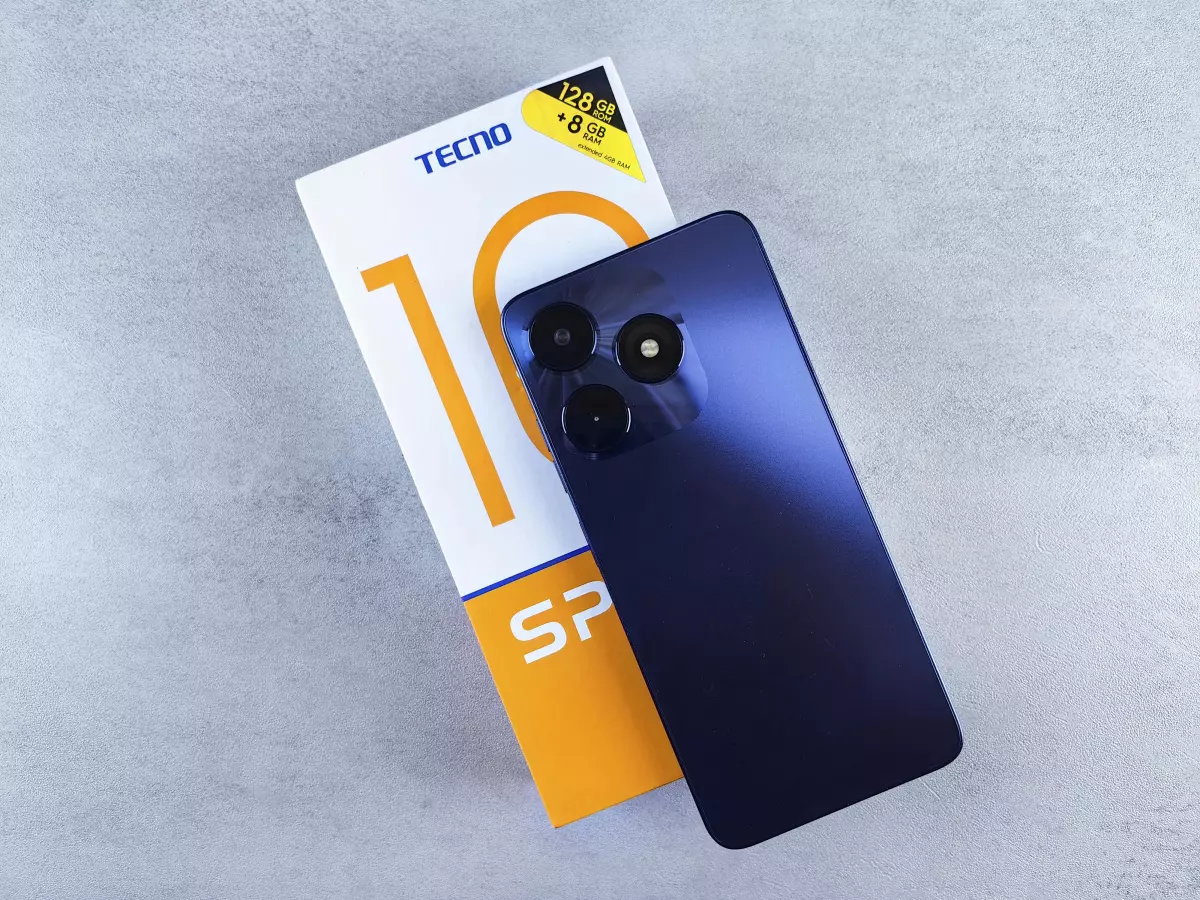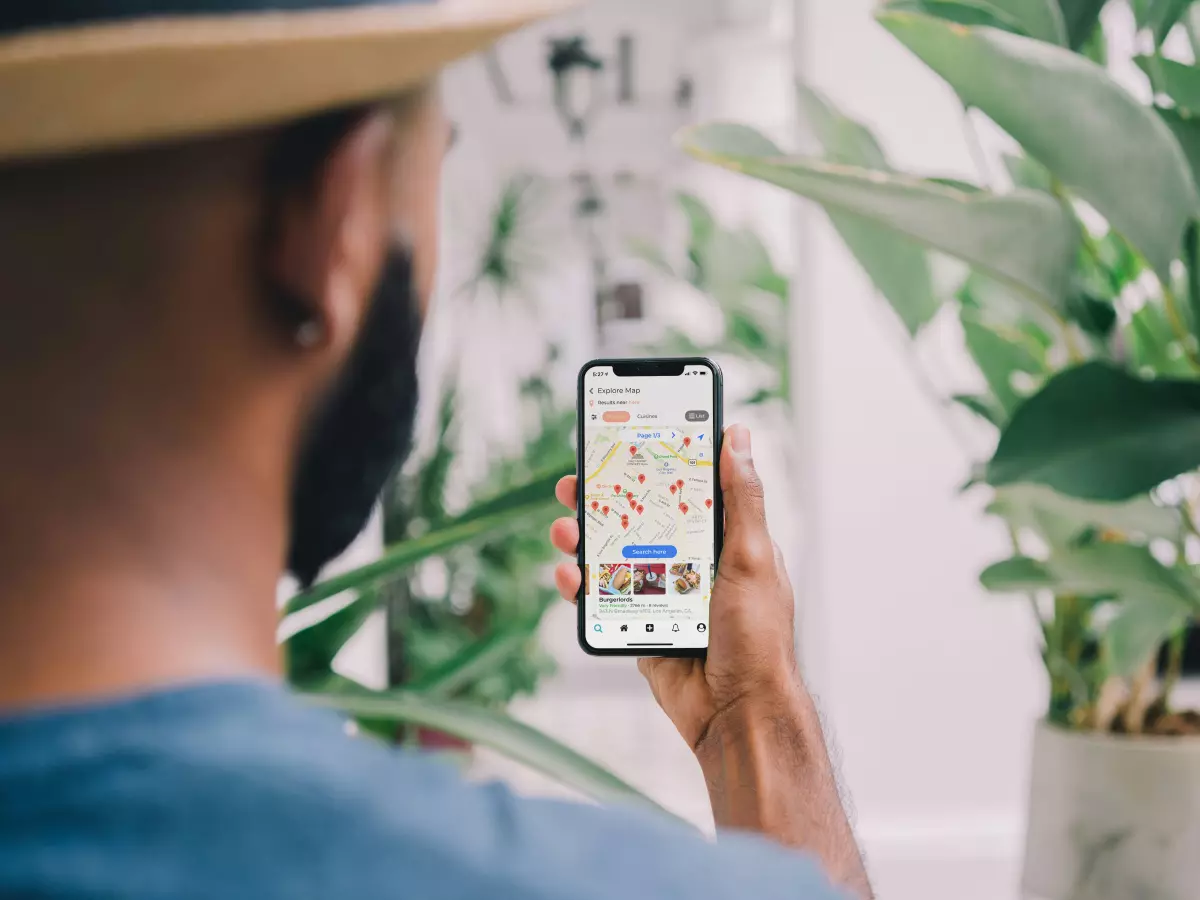Feel the Buzz
Smartphone haptics are the most underrated feature of modern tech. Yeah, I said it.

By Mia Johnson
Picture this: You’re in a crowded coffee shop, the hum of conversations and the hiss of the espresso machine filling the air. Your phone is on the table, and suddenly, it vibrates. But it’s not just any vibration—it’s a subtle, distinct buzz that tells you without even looking that you’ve got a message. You instinctively know it’s not a call, not an email, but a text. How? That’s the magic of smartphone haptics.
Haptics—the tactile feedback you feel when your phone vibrates—has come a long way from the days of simple buzzes and rumbles. Today, it’s a sophisticated system that’s designed to give you precise, nuanced feedback. But why does it matter? And how did we get here? Let’s dive into the world of smartphone haptics and explore how this seemingly small feature has become a game-changer in the way we interact with our devices.
The Evolution of the Buzz
Back in the early days of mobile phones, haptics were pretty basic. You’d get a single, monotonous vibration for everything—calls, texts, alarms, you name it. It was functional, sure, but it wasn’t exactly refined. Fast forward to today, and we’ve got haptic engines that can mimic the feel of pressing a button, the click of a camera shutter, or even the sensation of scrolling through a list.
So, what changed? The introduction of linear resonant actuators (LRAs) and haptic motors, for one. These tiny components are responsible for creating the precise vibrations you feel. Unlike the old-school eccentric rotating mass (ERM) motors, which were basically just spinning weights, LRAs use electromagnetic forces to create more controlled, nuanced vibrations. This allows for a wider range of feedback, from soft taps to sharp jolts.
Apple’s Taptic Engine, introduced with the iPhone 6s, was a major turning point for haptics. It set a new standard for how tactile feedback should feel—smooth, responsive, and, most importantly, customizable. Android manufacturers quickly followed suit, and now, haptics are a key part of the smartphone experience across the board.
Why Haptics Matter More Than You Think
Okay, so your phone vibrates. Big deal, right? Actually, it kind of is. Haptics play a crucial role in making your smartphone feel more intuitive and responsive. Think about it: When you tap a virtual button on your screen and feel a tiny vibration, it gives you the sensation of pressing a physical button. This tactile feedback makes the interaction feel more real, more satisfying.
Haptics also help reduce the need for visual cues. Imagine you’re using your phone in the dark or while walking down the street. You can’t always rely on your eyes to guide you. But with well-designed haptics, you don’t have to. Your phone can communicate with you through touch, letting you know when you’ve successfully taken a photo, unlocked your device, or received a notification—all without needing to look at the screen.
And let’s not forget about gaming. Mobile games have embraced haptics in a big way, using vibrations to simulate everything from the recoil of a gun to the rumble of a car engine. It adds a whole new layer of immersion, making the experience feel more dynamic and engaging. In fact, some gamers argue that haptics are just as important as graphics or sound when it comes to creating a truly immersive experience.
The Future of Haptics: Beyond the Buzz
So, where do we go from here? As smartphones continue to evolve, so too will haptics. We’re already seeing advancements in ultra-precise haptic feedback, with companies experimenting with new materials and technologies to create even more realistic sensations. Imagine a future where your phone can simulate the texture of different surfaces, or where you can feel the weight of virtual objects in augmented reality. It’s not as far-fetched as it sounds.
There’s also the potential for haptics to play a bigger role in accessibility. For people with visual impairments, haptics could provide a more intuitive way to navigate smartphones and apps. Developers are already exploring ways to use haptic feedback to convey more complex information, like directions or notifications, through touch alone.
In the end, haptics may never be the flashiest feature on your phone, but it’s one of the most important. It’s the invisible thread that ties together the digital and physical worlds, making your smartphone feel like an extension of yourself. And as haptics continue to improve, that connection is only going to get stronger.
So the next time your phone buzzes, take a moment to appreciate the technology behind it. It’s more than just a vibration—it’s the future of how we feel tech.
Final Thoughts: The Tactile Revolution
As we move into a future where smartphones become even more integrated into our daily lives, haptics will play a bigger role than ever. From gaming to accessibility, the possibilities are endless. The tactile revolution is just getting started, and trust me, you’ll feel it.
